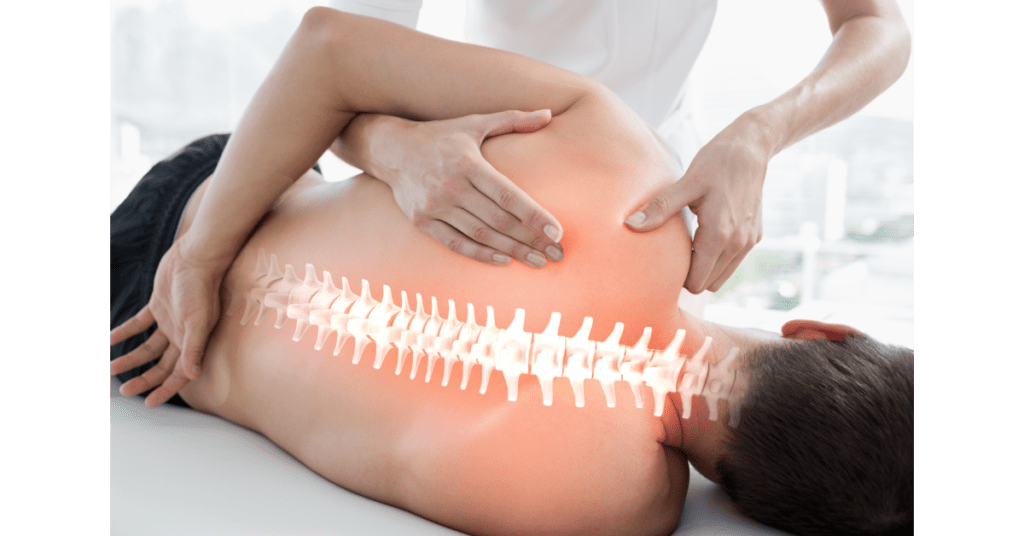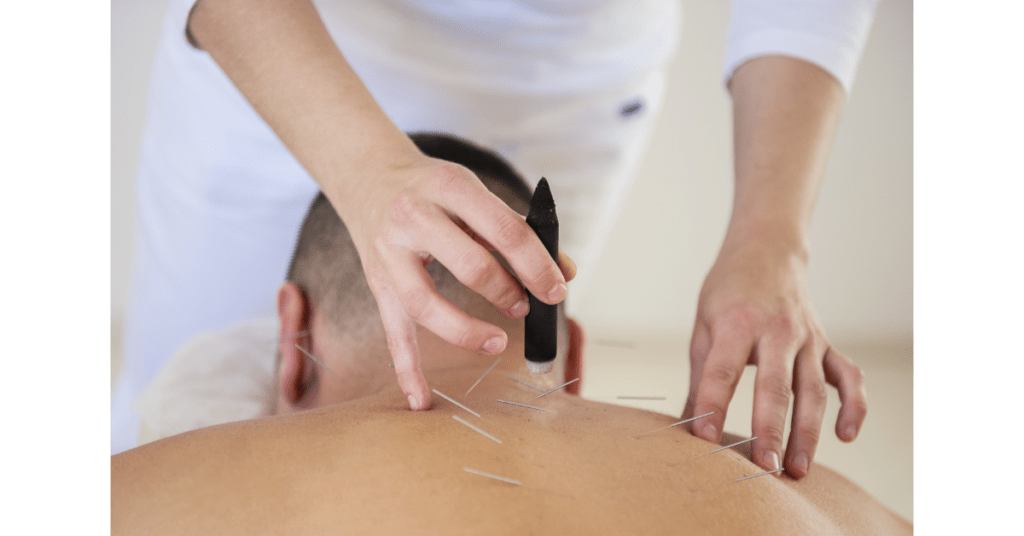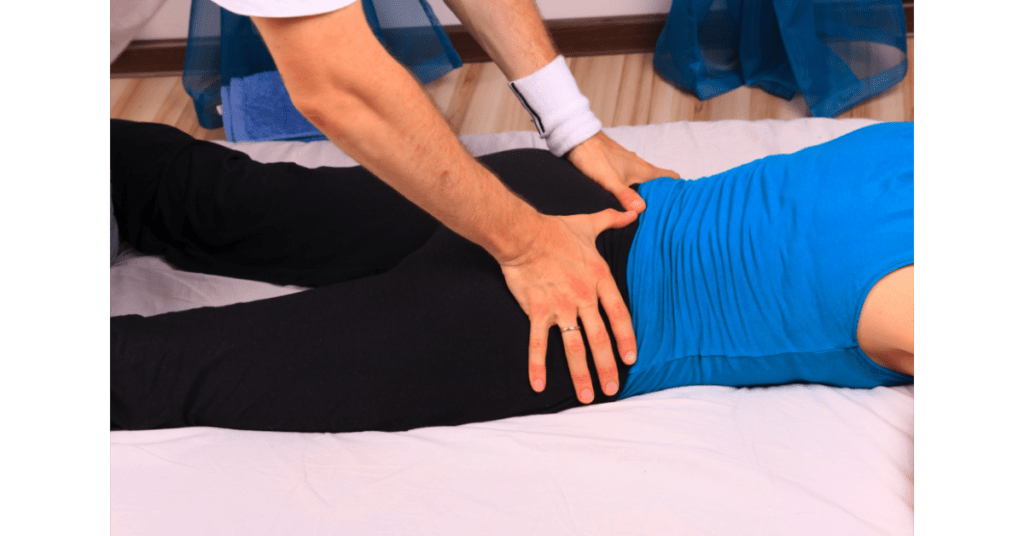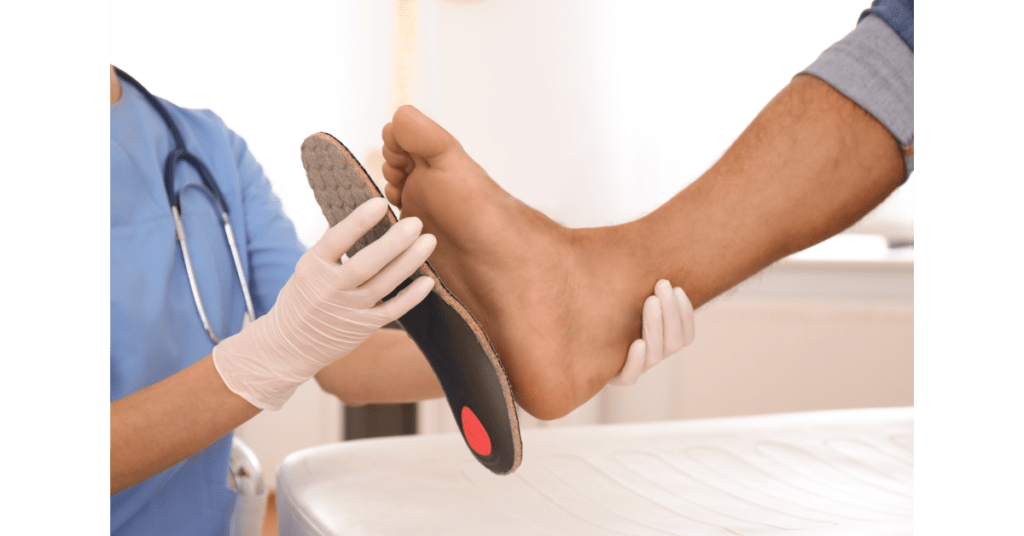What is Peroneal Tendonitis?
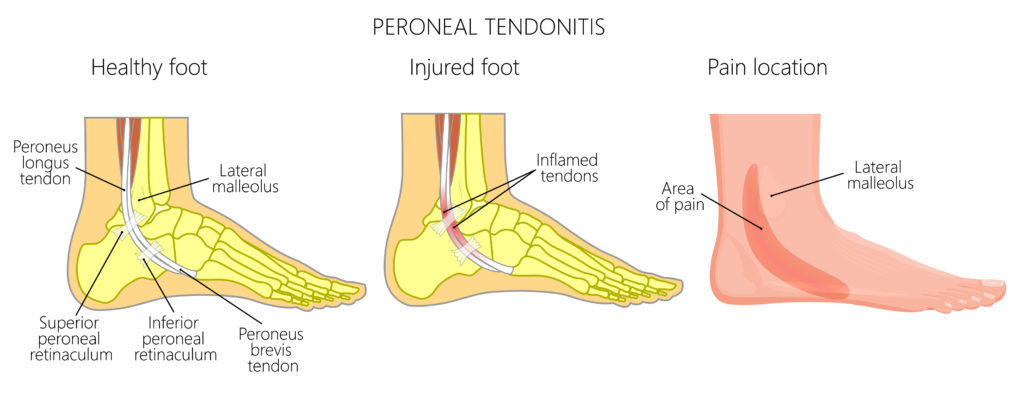
The irritation or inflammation of the tendons (thick fibrous bands of tissues that connect muscles to bones) is known as Tendonitis (spelled tendinitis also). A tendon is like an elastic band that stretches with movement and also helps absorb some shocks from muscles. Tendonitis can happen in different parts of the body, particularly where there is more significant movement, like the feet. Peroneal tendonitis is the condition when the peroneus longus and/or peroneus brevis tendons get injured or inflamed, weakening the tendons. These tendons join the peroneal muscles of the lower leg to the bones in the foot.
What Causes Peroneal Tendonitis?
Peroneal tendonitis occurs when one or both peroneal tendons get injured. Dancing and Sports activities like basketball, football, soccer, hockey, tennis, and skiing, which require sudden movements like starting and stopping or frequent change of direction, can cause peroneal tendonitis.
What are the Signs and Symptoms of Peroneal Tendonitis?
Typically, signs and symptoms depending on the cause of peroneal tendonitis. Tenderness, Swelling or Redness, Pain along the outside of the foot and ankle and/or top of the foot, Pain that gradually worsens over weeks or months, particularly activities such as jogging or standing on tiptoes, that aggravate the condition, Decreased range of motion and flexibility and Decreased strength. Are you Worried about symptoms of peroneal tendonitis? Book an assessment with a physiotherapist in Scarborough today.
How is Peroneal Tendonitis Treated?
Treatment includes At-home treatment, physiotherapy, and medication. Initial treatment consists of applying ice packs for 10-15 minutes, 3-4 times daily, or until the swelling goes down. Resting the foot and anti-inflammatory painkillers like Advil or Aleve are recommended, to reduce pain and swelling as well as avoiding activities that cause pain or put stress on your foot. After healing, low-impact activities, like biking and swimming are included.
Physiotherapy includes Non-steroidal anti-inflammatory drugs (NSAIDs), like ibuprofen or naproxen, A short-leg cast or range of motion boot to immobilize the foot and allow the tendon(s) to heal, which can lead to the weakening of the muscles in the leg and foot. Physiotherapy for Peroneal Tendonitis is a drug-free and non-surgical treatment that aims at reducing pain and swelling, regaining strength, increasing joint mobility, and function, and preventing recurrence. A thorough assessment that addresses the source of the problem is required depending on individual needs. Physiotherapy can include Cold therapy following the PRICE protocol, Stretching, strengthening, stability, and range of motion exercises, a Personalized exercise plan, Activity modifications, and functional retraining, Patient education, Assistive devices such as orthotics, bracing or taping and Cross-disciplinary pain-relieving therapies. The latter includes Therapeutic ultrasound, Manual therapy (joint and soft tissue mobilizations), Acupuncture, Interferential current therapy (IFC), or TENS therapy. At our clinic we have notice by using Simply Align Technique which includes advance physical modalities, activity modification and specific exercises we have faster, longer lasting results with reduced healing time.
Are you looking for physiotherapy or a Chiropractor? If Yes, then visit Simply Align Rehab Physio in Scarborough/Toronto or Woodbridge/Vaughan or you can always call or text us for your Physiotherapy or Chiropractor needs in Toronto at (416) 438-3230 or For Physiotherapy or Chiropractor need in Vaughan (Woodbridge) at (905) 638-9840.
Can Peroneal Tendonitis Go Away By Itself?
Yes. Peroneal tendonitis can get better if the treatment at home is successful. However, if the treatment is not done properly, tendonitis can turn into tendonosis. Tendonosis (also spelled tendinosis) is a chronic condition that is caused due to overuse and repetitive strain. It can also be caused due to repeated injuries to the same area, or an injury that has not healed properly. Tendonosis can degenerate the tendon(s) if proper treatment or activity modification is denied.
Can Peroneal Tendonitis Be Prevented?
If you play certain sports that have a high impact on your feet, you have an increased risk of peroneal tendonitis. This necessitates a consultation with a physiotherapist for a custom treatment plan to address your specific concerns. However, you can take steps to prevent or reduce the chance of developing peroneal tendonitis. For example, Exercising regularly, including stretching exercises such as yoga or tai chi (at least 30 minutes a day), Easing into new exercise routines, Warming up before exercise, Stretching after exercise, Taking regular breaks from repetitive movements, Practicing good posture, Practicing proper technique in sport, Wearing orthotics and proper shoes, Eating an anti-inflammatory diet (avoiding processed and refined foods and sugar) as well as maintaining a healthy weight (to reduce pressure on the feet).

